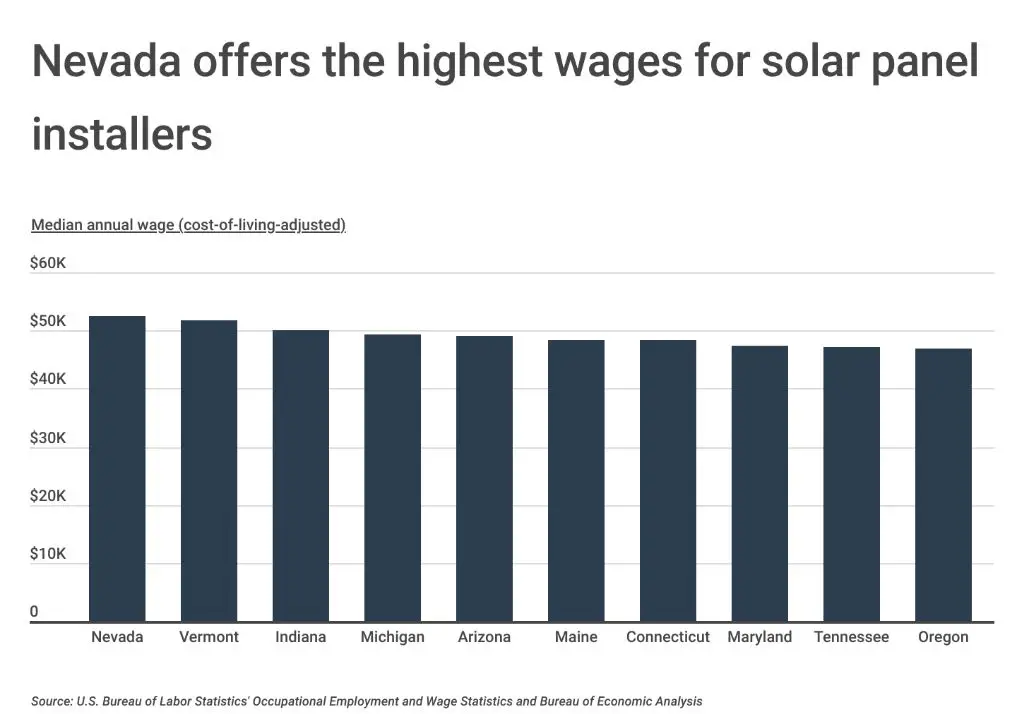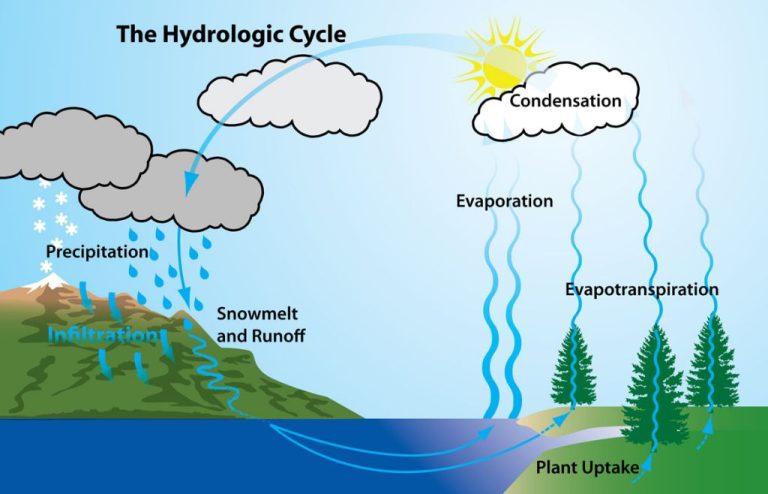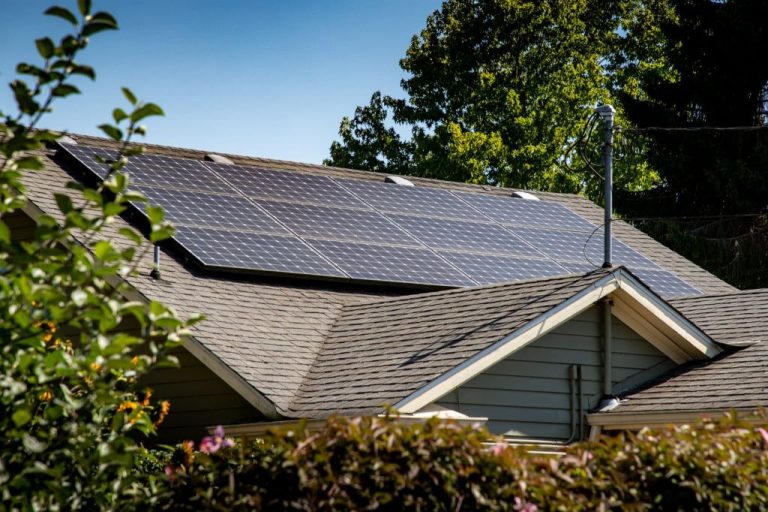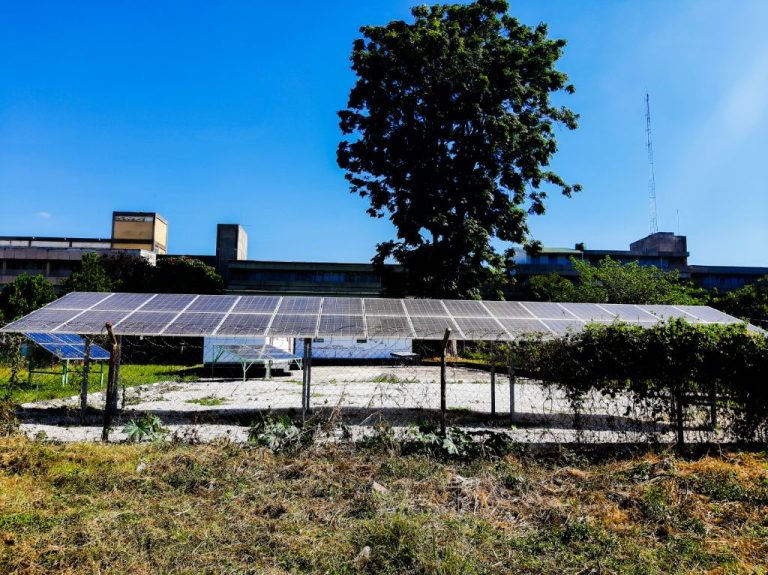Where Do Solar Installers Get Paid The Most?
Solar power has been growing in popularity as a renewable energy source. With this growth comes an increasing demand for solar installers to design, install, and maintain solar panel systems. Understanding how much solar installers get paid provides helpful insight into this rapidly growing field. It assists those considering entering the profession by setting accurate salary expectations. It also sheds light on which regions offer the most lucrative salaries for installers.
In this article, we will analyze national salary data for solar installers, explore regional variations, compare state-by-state salaries, discuss factors impacting regional pay rates, consider future outlooks, and examine other monetary and non-monetary benefits of the job. The goal is to provide a comprehensive look into solar installer salaries to inform career decisions and expectations.
National Salary Data
According to the U.S. Bureau of Labor Statistics (BLS), the median annual wage for solar photovoltaic installers was $45,230 as of May 2022. Solar Photovoltaic Installers. The median wage means half of solar installers earned less than this amount and half earned more. The lowest 10 percent earned less than $30,290, and the highest 10 percent earned more than $80,020 annually.
The BLS also provides more granular wage data for solar photovoltaic installers, showing a range from $17.08 at the 10th percentile to $25.82 at the 90th percentile for hourly wages as of May 2021. 47-2231 Solar Photovoltaic Installers. When calculated for a full-time 40 hour work week, this equates to $35,520 – $53,700 in average annual pay.
According to the BLS, the average annual salary for solar installers tends to fall within the $30,000 to $40,000 range when starting out, but can reach beyond $80,000 for the most experienced installers. Careers in Solar Power.
Regional Variations
When it comes to solar installer salaries, there are significant regional differences across the United States according to data from the Bureau of Labor Statistics (BLS) [1]. The BLS tracks salary data for solar photovoltaic installers in major metropolitan areas and states. This data shows that salaries can vary widely based on geographic location.
Some of the highest paying metropolitan areas for solar installers include Honolulu, HI ($72,800 avg annual salary), San Jose-Sunnyvale-Santa Clara, CA ($72,070), and San Francisco-Oakland-Berkeley, CA ($70,960) [1]. Meanwhile, some of the lowest paying metro areas include Montgomery, AL ($26,960), Davenport-Moline-Rock Island, IA-IL ($29,290), and Memphis, TN-MS-AR ($30,170).
When looking at state-level data, Massachusetts ($68,570), California ($59,150), and New Jersey ($55,640) are among the highest paying for solar installers. The lowest paying states include Alabama ($35,520), Arkansas ($36,640), and Mississippi ($36,970) [1].

Clearly there is a significant gap between the highest and lowest paying regions. Factors such as state solar incentives, electricity prices, and solar panel installation costs contribute to these regional salary differences, which will be explored in more detail.
State-Level Data
According to data from the Bureau of Labor Statistics (BLS), here are the top 5 highest paying states for solar installers:
- Massachusetts – Median Annual Salary: $64,030[1]
- New Jersey – Median Annual Salary: $63,960[2]
- California – Median Annual Salary: $55,260[3]
- New York – Median Annual Salary: $54,510[4]
- Connecticut – Median Annual Salary: $54,510[5]
Factors Driving Regional Salaries
There are several key factors that drive differences in solar installer salaries between regions and states across the United States. Some of the main factors include:
Cost of living – Areas with a higher cost of living typically have higher wages across occupations to match the increased housing and living expenses. For solar installers, this leads to higher average salaries in places like California and the Northeast where costs are high.
Solar incentives – States with strong solar incentives like tax credits and rebates tend to have more active solar markets and installer job opportunities. Larger and more competitive markets enable installers to command higher salaries. Top incentive states like California, New Jersey and New York have among the highest solar installer pay.
Market size – Sheer number of solar installations and market growth impacts installer salaries. Mature, large markets like California have over 1 million solar installations versus a few thousand in many smaller states. More job options and competition enables higher installer pay in bigger markets.
Research shows cost of living and solar market factors have a major influence on pay. One study found prevailing wage laws in some states also raise installer salaries but can lower total project costs. [1]
Salary Outlook
The solar industry is projected to experience strong job growth in the coming years, which bodes well for solar installer salaries. According to the Solar Energy Industries Association (SEIA), the U.S. solar market is expected to grow at an average annual rate of 14% between 2023 and 2028, with over 340,000 solar workers expected to be employed by 2028.
This continued job growth is driven by increasing solar deployment across the residential, commercial, and utility-scale market segments. Total solar installations are projected to nearly triple over the next five years as solar energy becomes even more cost-competitive with conventional energy sources.
For solar installers specifically, the Bureau of Labor Statistics projects 11% job growth between 2022 and 2032, which is much faster than average. As demand for solar continues rising, installer salaries are likely to increase as well. Experienced installers and those with advanced skills and training should see the largest salary gains.
However, regional variations will continue playing a major role. Installers working in states with ample sunshine and supportive policies, such as California, will likely earn higher salaries than those in less solar-friendly states. But the overall industry outlook remains bright, especially for qualified solar professionals.
Other Benefits
Beyond base salary, solar installers typically receive additional benefits that add value to their overall compensation package. Common benefits include:
- Health insurance – Most solar companies offer medical, dental, and vision insurance plans to provide healthcare coverage for installers and their families.
- Retirement plans – 401(k) plans with employer matching contributions are a popular way to save for retirement. Some companies also offer pensions or profit-sharing plans.
- Paid time off – Vacation time, sick days, and holidays provide installers with opportunities to rest and recharge.
- Tuition reimbursement – Companies may cover some educational expenses to support installers in advancing their skills and knowledge.
- Company discounts – Discounts on solar equipment/services allow installers to go solar for less at their own homes.
- Training stipends – Funds to cover costs of obtaining advanced certifications and taking continuing education courses.
- Bonuses – Performance and safety bonuses reward strong work and promote good habits.
The combination of salary and benefits create an attractive overall compensation package for solar installers. Benefits provide financial security, promote work-life balance, and support professional development.
Career Advancement
Solar installers have several paths to advance their careers beyond entry-level installation work. With experience, many installers move into lead installer or supervisor roles where they oversee teams and projects. From there, experienced leads may have the opportunity to advance to project manager positions where they coordinate large-scale solar installations across multiple worksites.
Some solar installers choose to start their own installation companies once they have ample experience in the field. Building a customer base and managing projects from start to finish allows entrepreneurial installers to increase their income potential substantially. However, starting a solar business requires business planning and access to sufficient capital.
Installers who enjoy the customer-facing aspect of the role could also consider moving into solar sales. Leveraging their technical knowledge while transitioning to a sales role allows experienced installers to earn higher salaries through commissions. Some salespeople even work their way up to sales management positions.
Lastly, solar installers who pursue additional technical training in system design, engineering, and project management can become certified solar designers, system inspectors, or project developers. These advanced roles provide increased responsibilities and compensation. Overall, solar installers have numerous ways to advance their skills, experience, and pay over the course of their careers.
Job Satisfaction
Solar installers have one of the highest rates of job satisfaction of any profession, according to the U.S. News 2022 Best Jobs rankings. Solar installers rate the meaningfulness of their work as 4.6 out of 5 stars, and 76% say they are satisfied with their job. The high job satisfaction comes from doing meaningful work installing renewable energy systems that benefit the environment. Solar installers take pride in their skilled trade and enjoy seeing the finished product – a fully functioning solar array that will provide clean energy for decades.
Conclusion
Summarize key takeaways on highest-paying regions and outlook for solar installer salaries. Solar installers are in high demand across the country, but salaries can vary significantly by region. The highest salaries are found on the coasts, especially in states like California, New York, Massachusetts, and New Jersey where there is strong demand and high costs of living. The Southwest and Southeast regions also offer strong pay for solar installers. Rural states in the Midwest and central U.S. tend to have lower average wages. However, salaries are on the rise nearly everywhere as demand continues to grow exponentially. With the solar industry expanding rapidly, the future looks bright for solar installer pay. Those interested in the career can expect competitive salaries especially in solar hot spots like California, growth opportunities as the field evolves, and the satisfaction of working in renewable energy.





